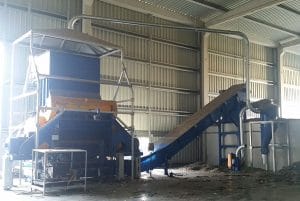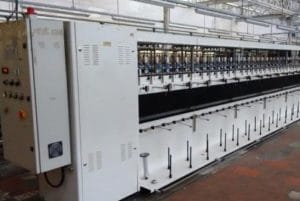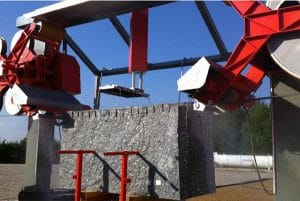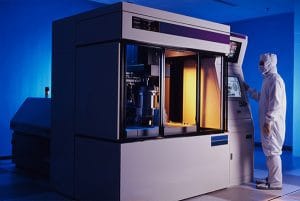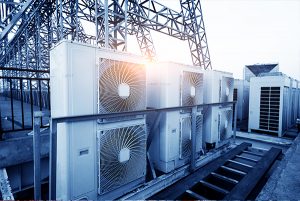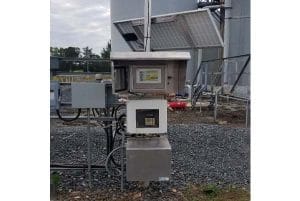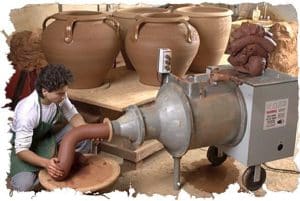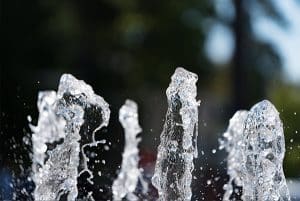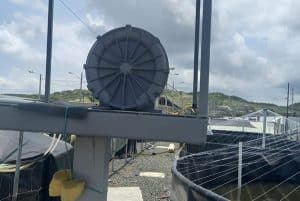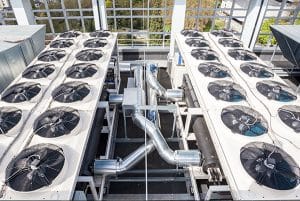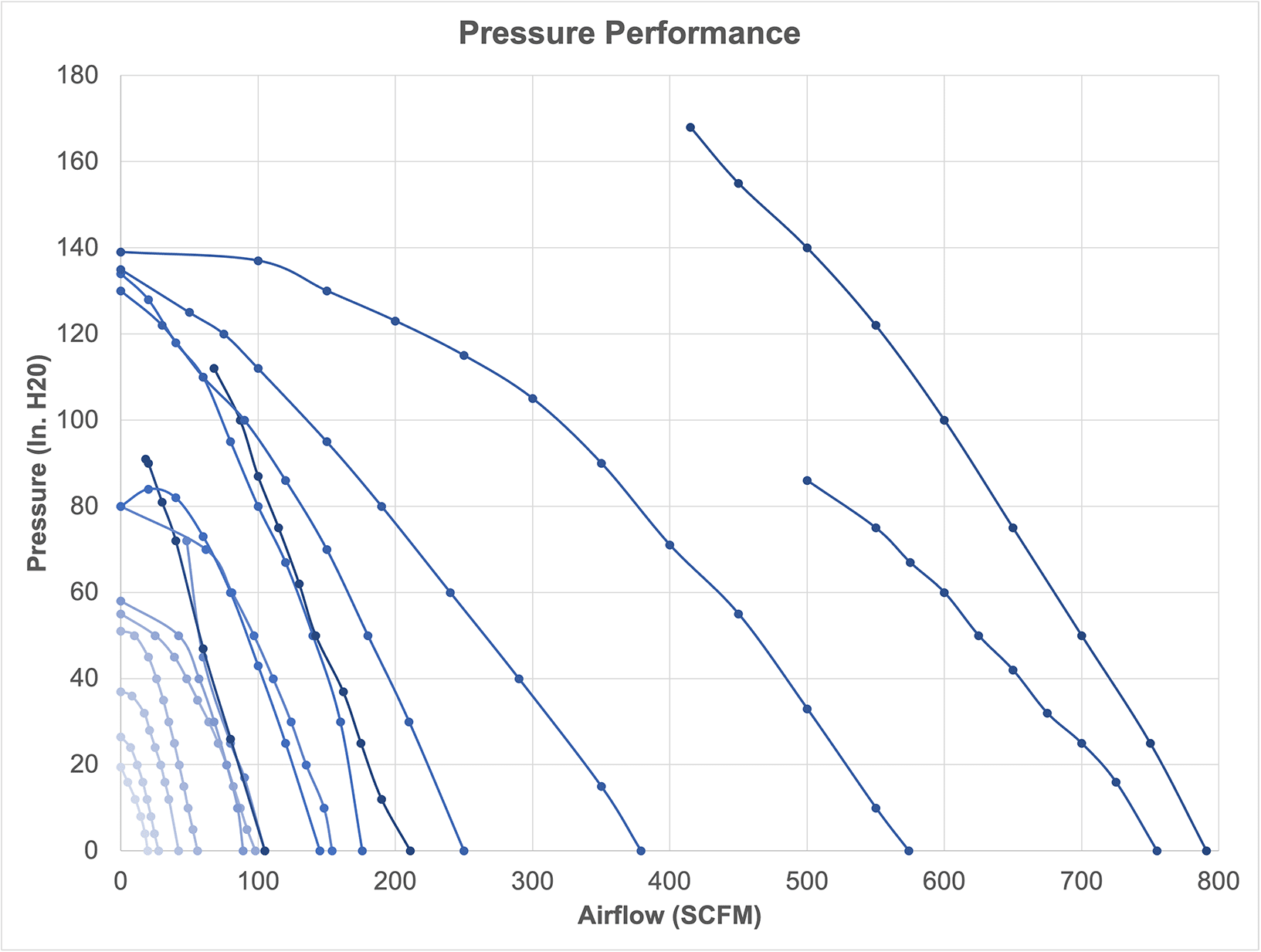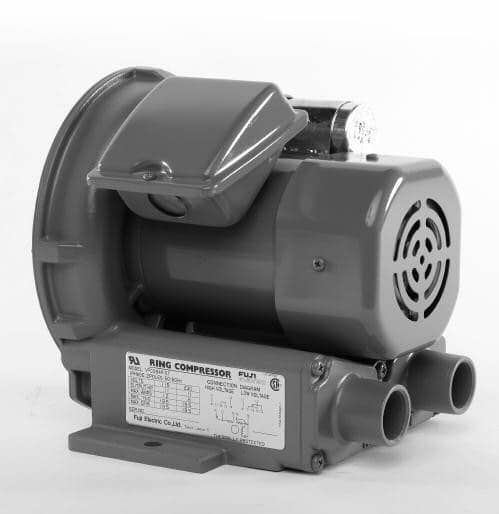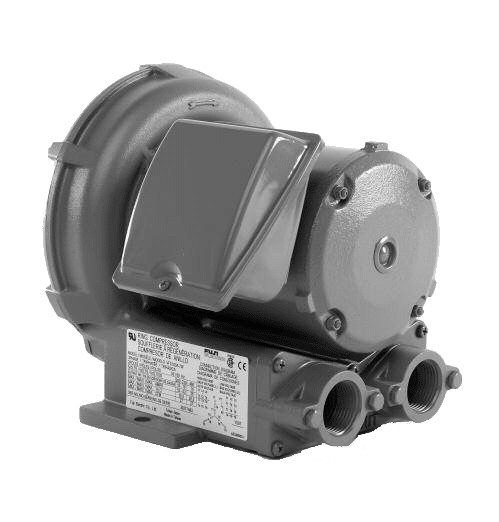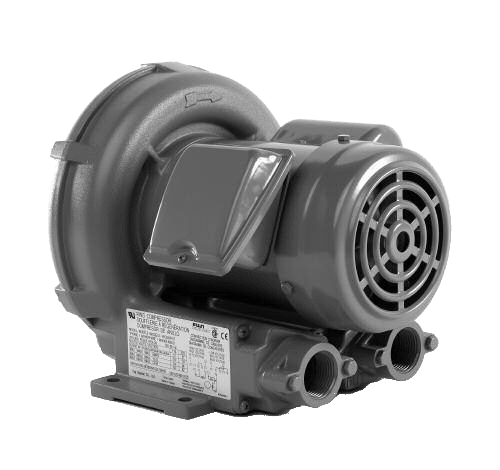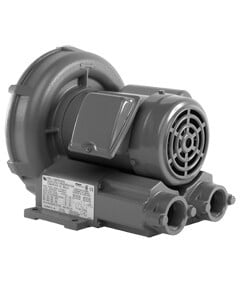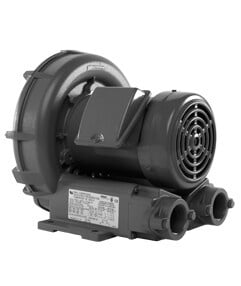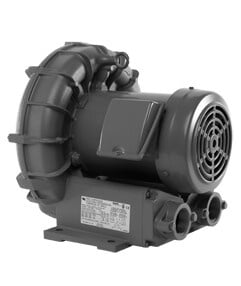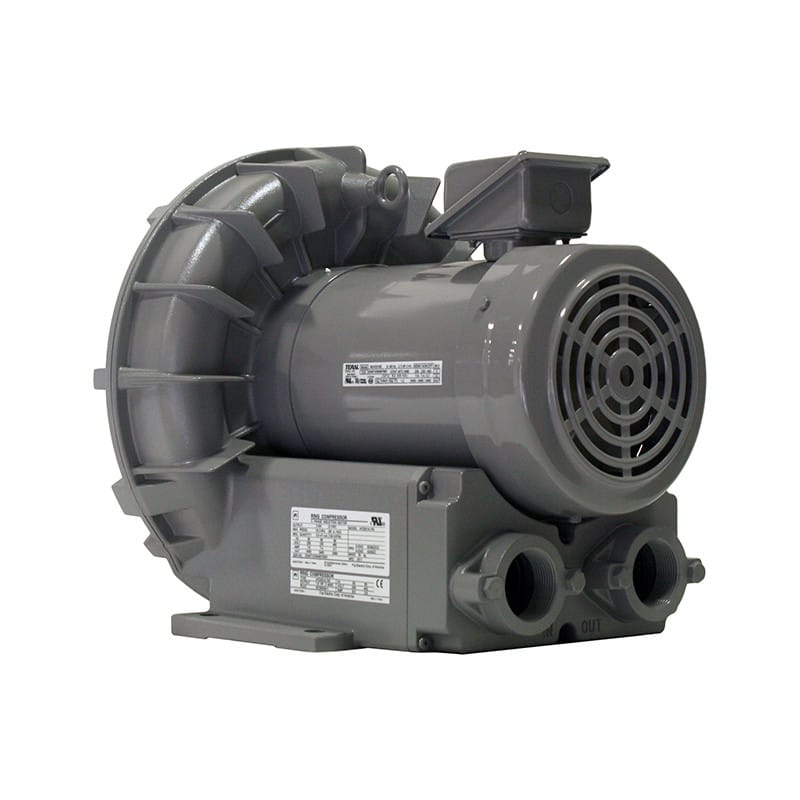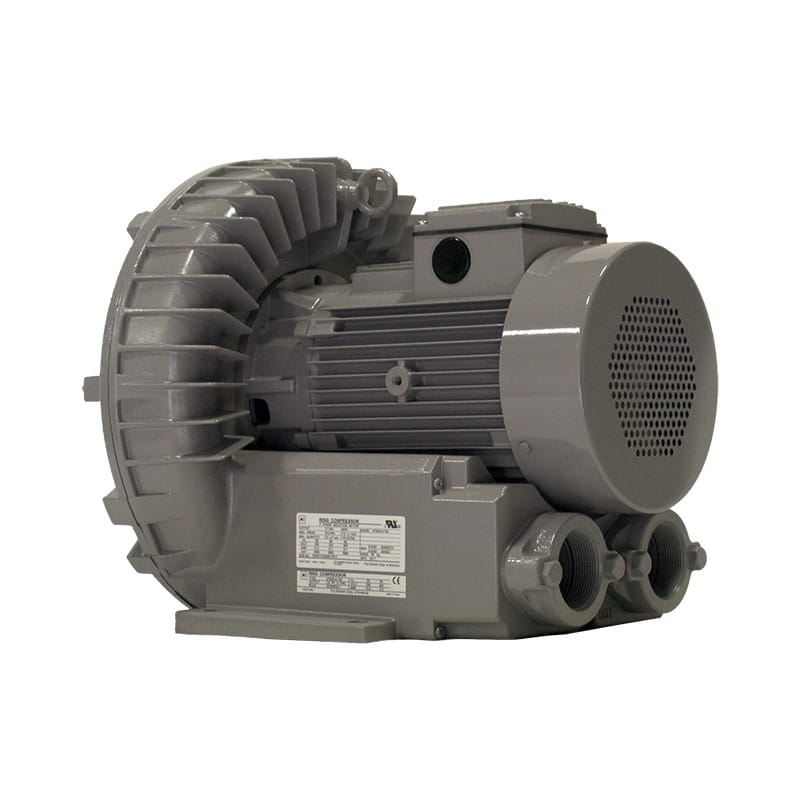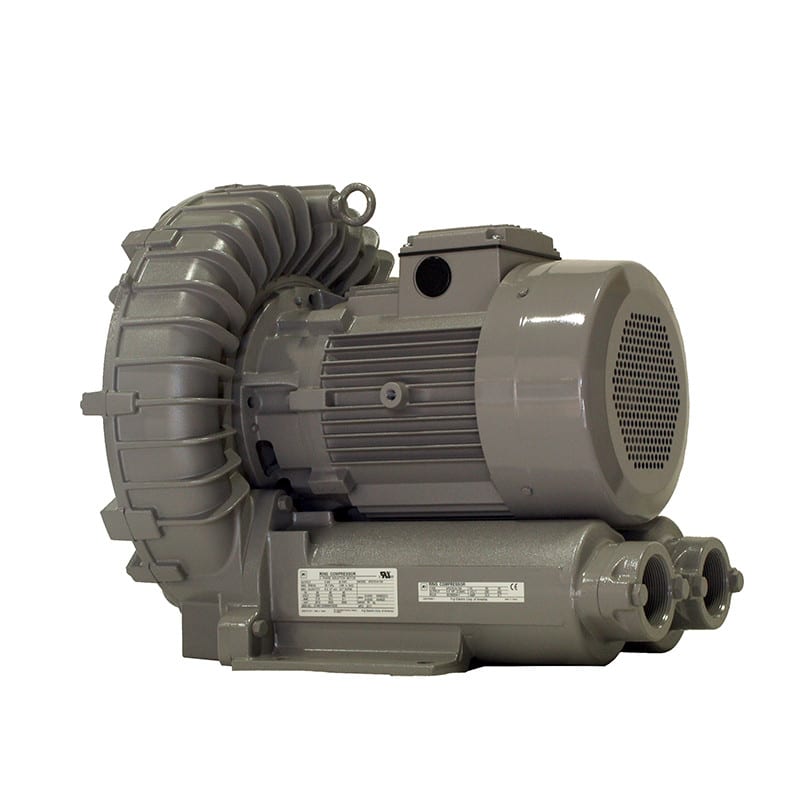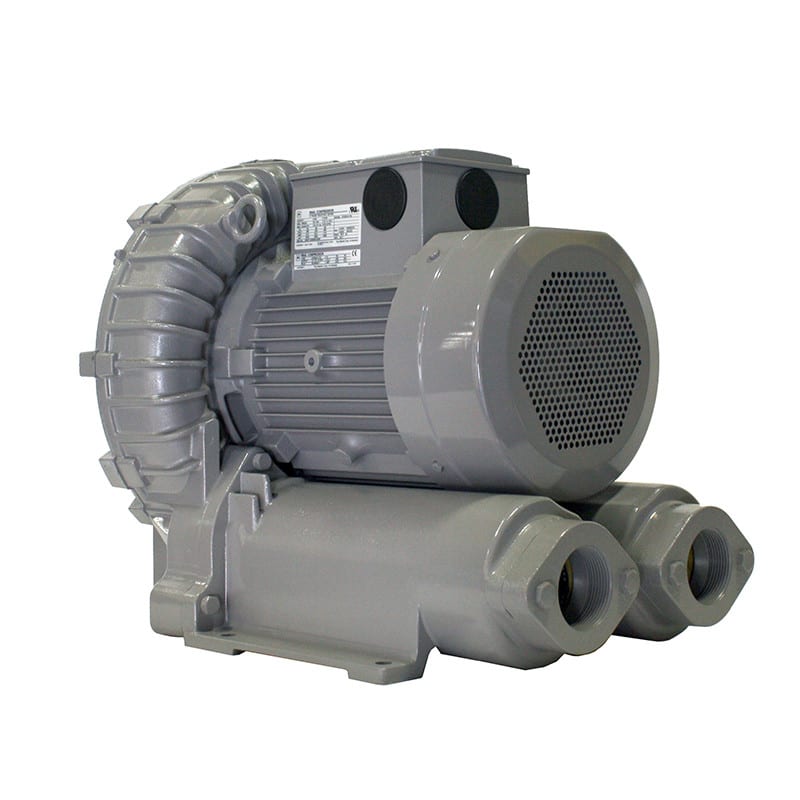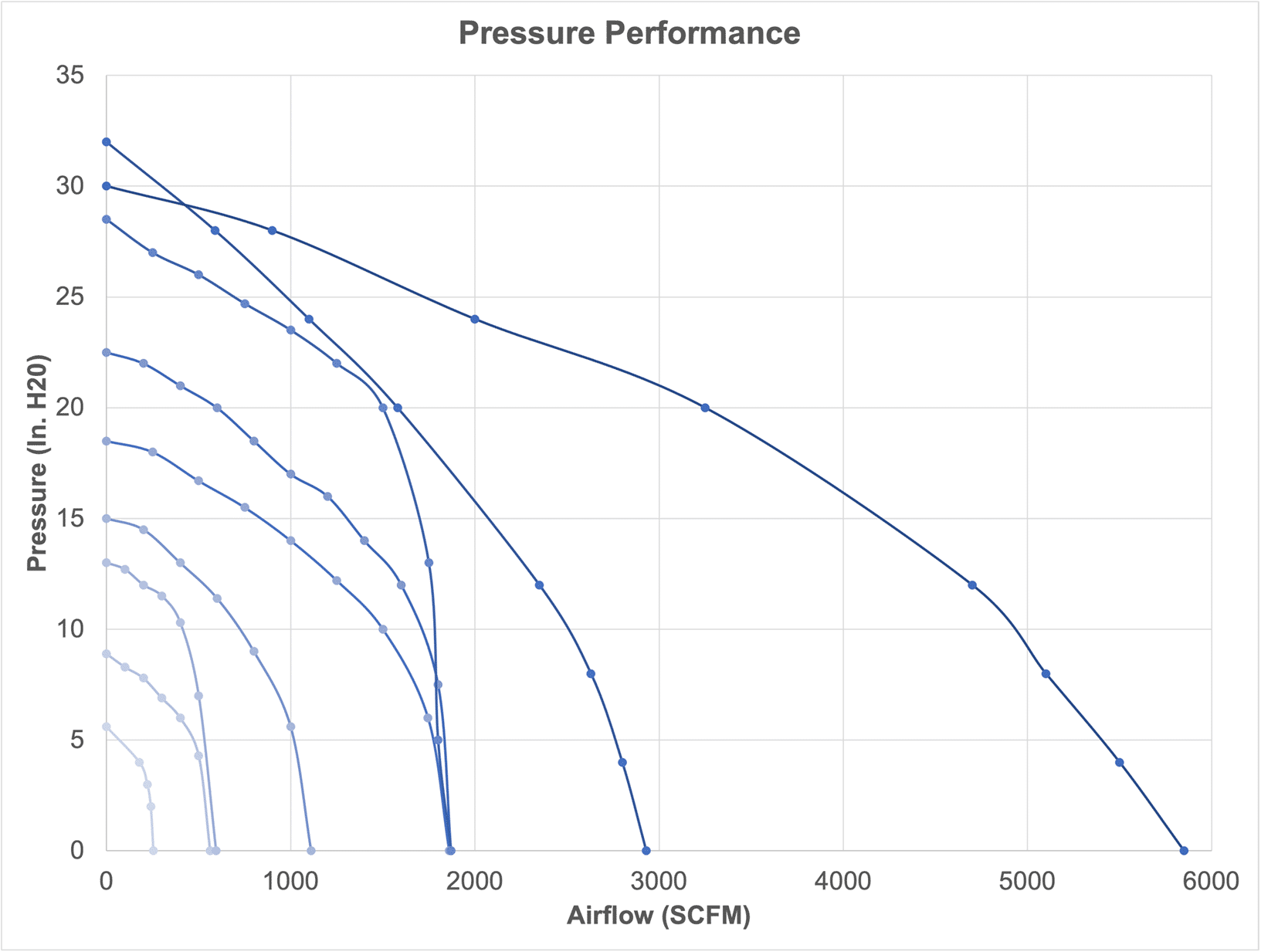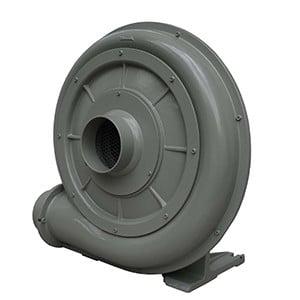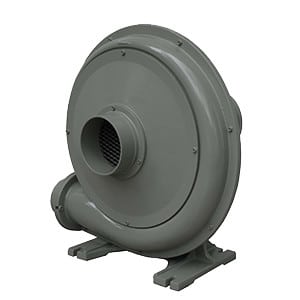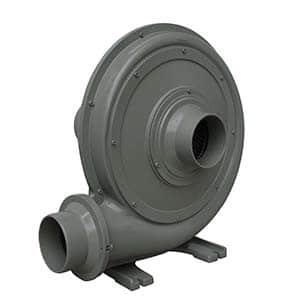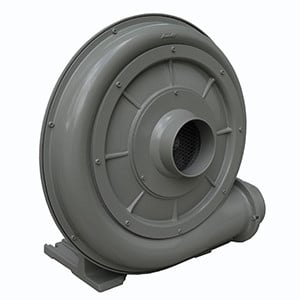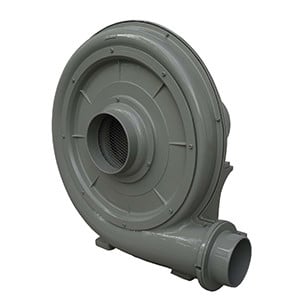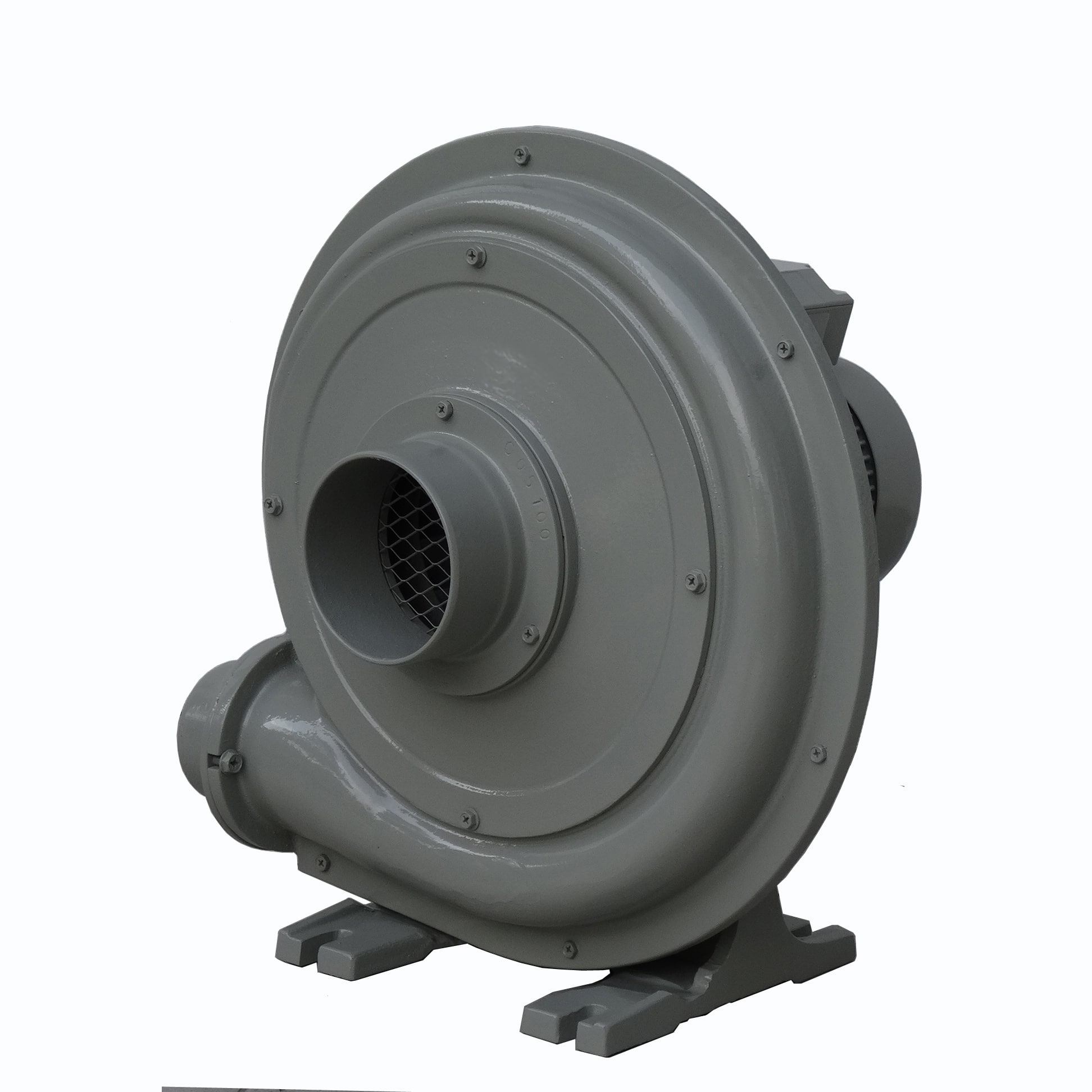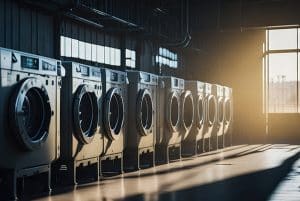Snubber capacitors (or snubber caps) are specialized capacitors used in electrical circuits to protect components, particularly switching devices like MOSFETs, IGBTs, and thyristors, from voltage spikes and high-frequency noise. They are a critical part of snubber circuits, which also typically include resistors and sometimes diodes. 
Purpose of Snubber Capacitors
- Absorb Voltage Spikes:
- When a switching device turns off, inductive elements in the circuit (e.g., transformers, inductors, or long wires) can generate voltage spikes due to the collapsing magnetic field. Snubber caps absorb this energy, preventing damage to the device.
- Dampen Oscillations:
- In circuits with parasitic inductance and capacitance, high-frequency oscillations can occur. Snubber caps suppress these oscillations to improve system stability.
- Reduce Electromagnetic Interference (EMI):
- By suppressing high-frequency noise, snubber capacitors help minimize EMI in the circuit.
- Improve Switching Efficiency:
- Snubber caps smooth out transient voltages, reducing switching losses and improving the efficiency of power electronic systems.
How Snubber Capacitors Work
- Snubber capacitors temporarily store energy during switching transients and release it in a controlled manner, reducing stress on the circuit.
- They work in conjunction with other components in a snubber circuit to shape the voltage and current waveforms, preventing sharp transients that can damage components.
Key Features of Snubber Capacitors
- Low Inductance:
- To handle high-frequency transients effectively, snubber caps are designed with low parasitic inductance.
- High Pulse Current Capability:
- They must withstand rapid charging and discharging cycles caused by switching transients.
- High Dielectric Strength:
- Snubber caps need to tolerate high voltage spikes without breaking down.
- Thermal Stability:
They should operate reliably under varying temperatures, especially in power electronics applications.
Common Types of Snubber Capacitors
- Film Capacitors:
- Material: Polyester, polypropylene, or other film types.
- Features: Low ESR (Equivalent Series Resistance), high reliability, and excellent high-frequency performance.
- Applications: Widely used in power electronics.
- Ceramic Capacitors:
- Material: Multilayer ceramic designs.
- Features: Compact size, high-frequency performance.
- Applications: Suitable for small circuits and lower power applications.
- Electrolytic Capacitors:
- Less common for snubber applications due to higher ESR and inductance, but may be used in low-frequency circuits.
Applications of Snubber Capacitors
- Power Converters:
- Protect switching components in AC-DC, DC-DC, and DC-AC converters.
- Motor Drives:
- Reduce voltage spikes and noise in variable frequency drives (VFDs).
- Inverters:
- Protect transistors and diodes from switching transients.
- Relays and Contactors:
- Suppress arcs and noise during switching.
- High-Voltage Power Systems:
- Manage transients in high-power applications.
Snubber Circuits
Snubber capacitors are often part of the following snubber circuit configurations:
- RC Snubber:
- Resistor and capacitor in series.
- Common in controlling voltage spikes and damping oscillations.
- RCD Snubber:
- Resistor, capacitor, and diode.
- Used to direct energy to a specific path (e.g., a diode to dissipate energy safely).
- Simple Capacitive Snubber:
- A capacitor alone to absorb and store transient energy.
Considerations When Selecting a Snubber Capacitor
- Voltage Rating:
- Must exceed the maximum expected transient voltage.
- Capacitance Value:
- Determined by the circuit requirements to effectively suppress transients.
- Current Rating:
- Should handle the peak pulse currents during transients.
- Dielectric Material:
- Film or ceramic is typically chosen for high-frequency and high-voltage performance.
- Size and Form Factor:
- Consider physical constraints in the circuit design.
In summary, snubber capacitors are essential components in protecting and stabilizing circuits with high-speed switching devices by managing voltage spikes, reducing oscillations, and suppressing noise. They improve reliability and efficiency in a wide range of power electronic applications.




